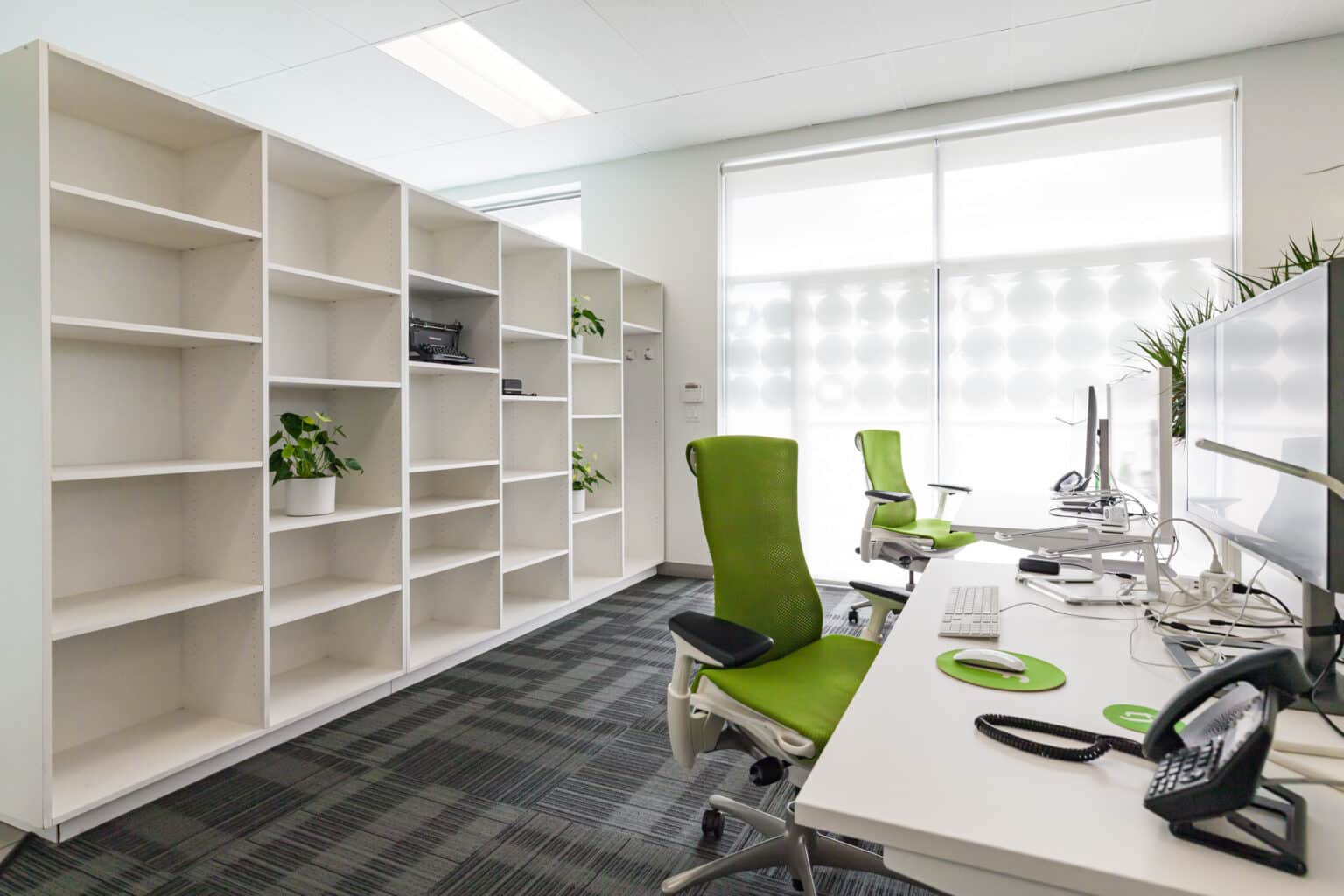An effective office layout is crucial for boosting employee productivity and fostering a positive work environment. By strategically designing workspaces, businesses can enhance collaboration, creativity, and overall job satisfaction.
Enhancing Collaboration
An open office layout promotes teamwork and communication.
In open office spaces, employees have greater opportunities for spontaneous interactions, which can lead to improved collaboration. This design encourages dialogue and the free exchange of ideas, breaking down silos between departments. When employees can easily share thoughts and feedback, it fosters a sense of community and belonging. Moreover, collaborative layouts can enhance problem-solving as team members can gather quickly to brainstorm solutions. Overall, an open environment can directly contribute to higher levels of engagement and innovation.
Increasing Flexibility
Flexible workspaces cater to diverse work styles.
A well-designed office layout accommodates various work preferences, allowing employees to choose spaces that suit their tasks. Whether its quiet zones for focused work or collaborative areas for group projects, flexibility can lead to enhanced productivity. Employees feel empowered to select environments that maximize their efficiency. This adaptability can also help in managing different workloads and deadlines more effectively. Thus, incorporating flexibility into office design can significantly improve output and morale.
Boosting Employee Well-Being
An optimal layout can significantly impact mental health.
Workspaces that prioritize natural light, greenery, and ergonomic furniture contribute positively to employee well-being. Research indicates that environments rich in natural elements can reduce stress and improve concentration. Creating areas for relaxation and informal gatherings can also enhance job satisfaction. When the office layout supports physical comfort, employees can focus better and experience fewer health issues. As a result, investing in well-being through office design translates directly to improved productivity.
Encouraging Creativity
Creative spaces inspire innovation and idea generation.
Incorporating unique design elements, such as breakout rooms and vibrant colours, can stimulate creative thinking. Areas specifically designed for brainstorming or ideation can encourage employees to think outside the box. This aesthetic can change the way teams approach problem-solving and project development. Additionally, incorporating art and inspiring visuals can further enhance the creative atmosphere. Thus, a conducive layout for creativity can lead to innovative solutions and unique products.
Facilitating Technology Integration
A thoughtful layout can accommodate technological advancements.
As technology continues to evolve, an office layout must adapt to integrate new tools and equipment seamlessly. Spaces equipped with the necessary infrastructure for technology can enhance efficiency, such as easily accessible charging stations and collaborative tech tools. Furthermore, a layout that promotes the use of technology can streamline processes and improve communication, especially in hybrid work environments. Ultimately, this can lead to a more productive workforce that leverages technology effectively.
Creating Brand Identity
Office layout can reflect a company’s culture and values.
The physical workspace serves as a representation of a brands identity and mission. A thoughtfully designed office can communicate core values, making a strong impression on both employees and visitors. Elements such as colour schemes, furniture styles, and communal spaces can create a cohesive brand image. This connection between environment and identity can boost employee pride in their workplace. As a result, tailored office layouts can reinforce company culture and enhance employee engagement.
Improving Employee Retention
A well-designed office layout can enhance job satisfaction and retention.
When employees feel comfortable and valued within their workspace, they are more likely to remain with the company long-term. A layout that prioritizes employee needs be it through collaborative spaces or quiet nooks demonstrates an investment in their well-being. High levels of job satisfaction correlate with reduced turnover rates and fosters loyalty among employees. Moreover, a positive workplace environment will attract new talent, further contributing to a stable, productive workforce.
In conclusion, the layout of an office plays a vital role in influencing employee productivity, morale, and overall workplace satisfaction. Companies that carefully consider their office design can reap significant benefits, including enhanced collaboration, creativity, and retention, thereby positioning themselves for long-term success.

